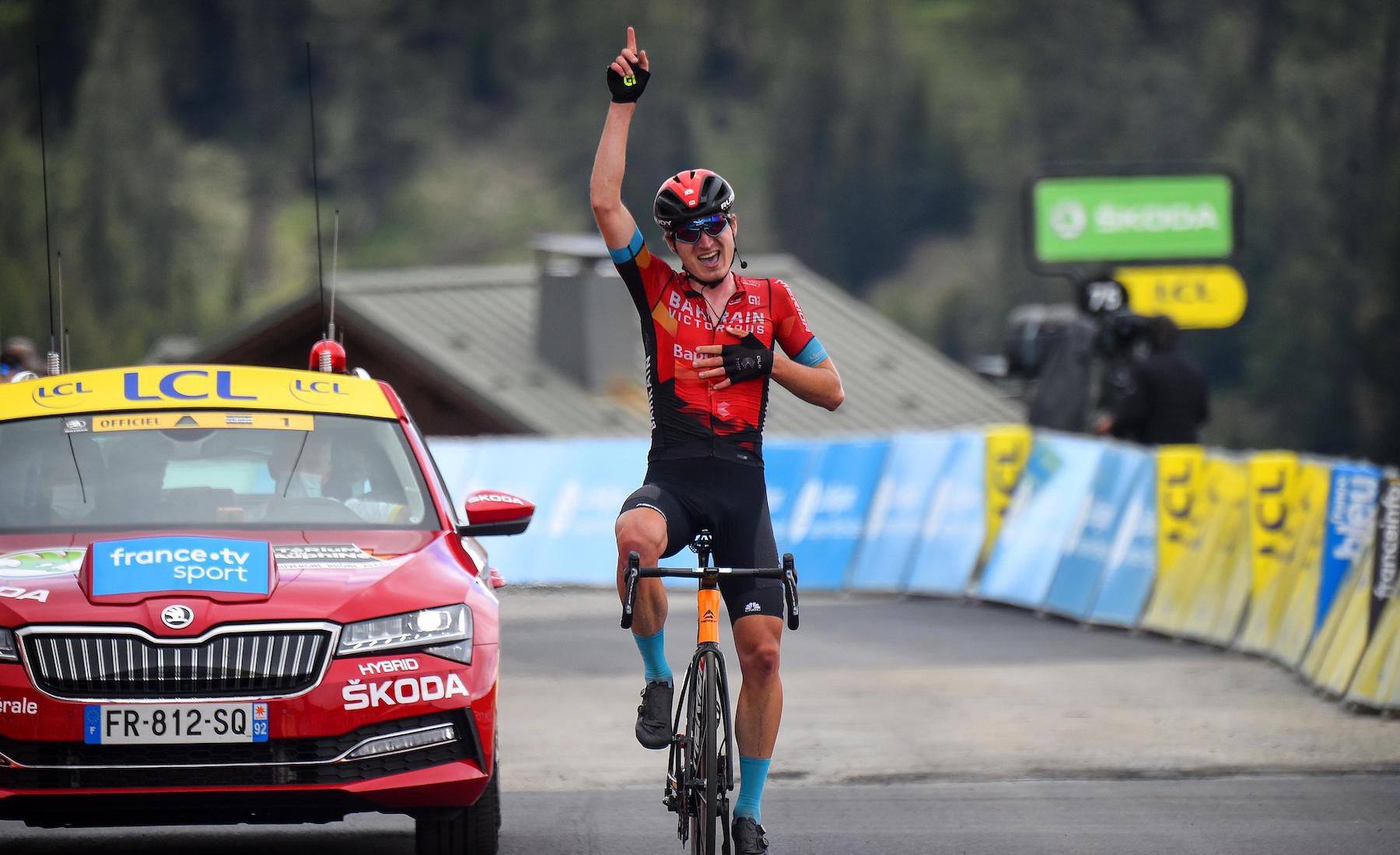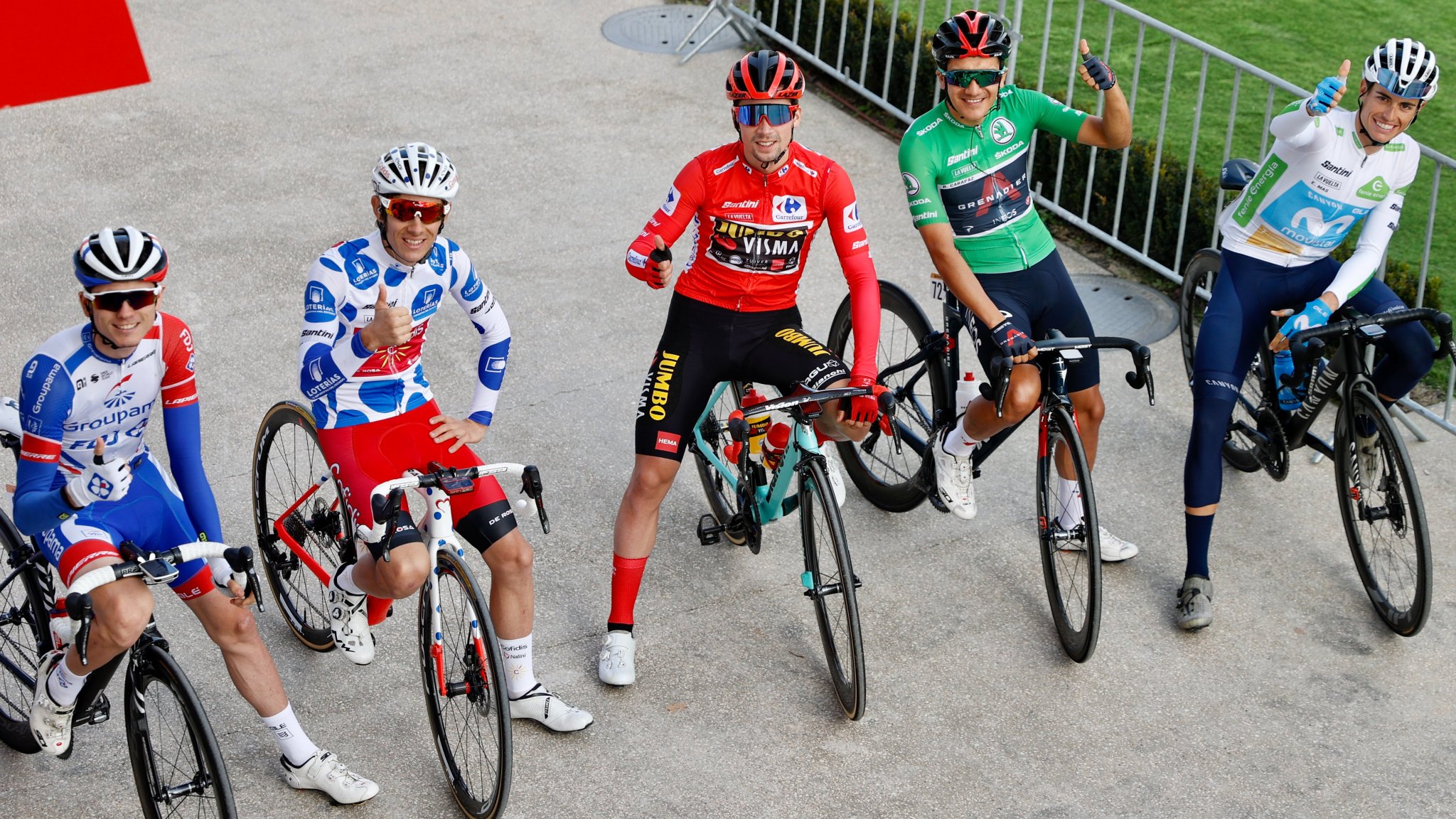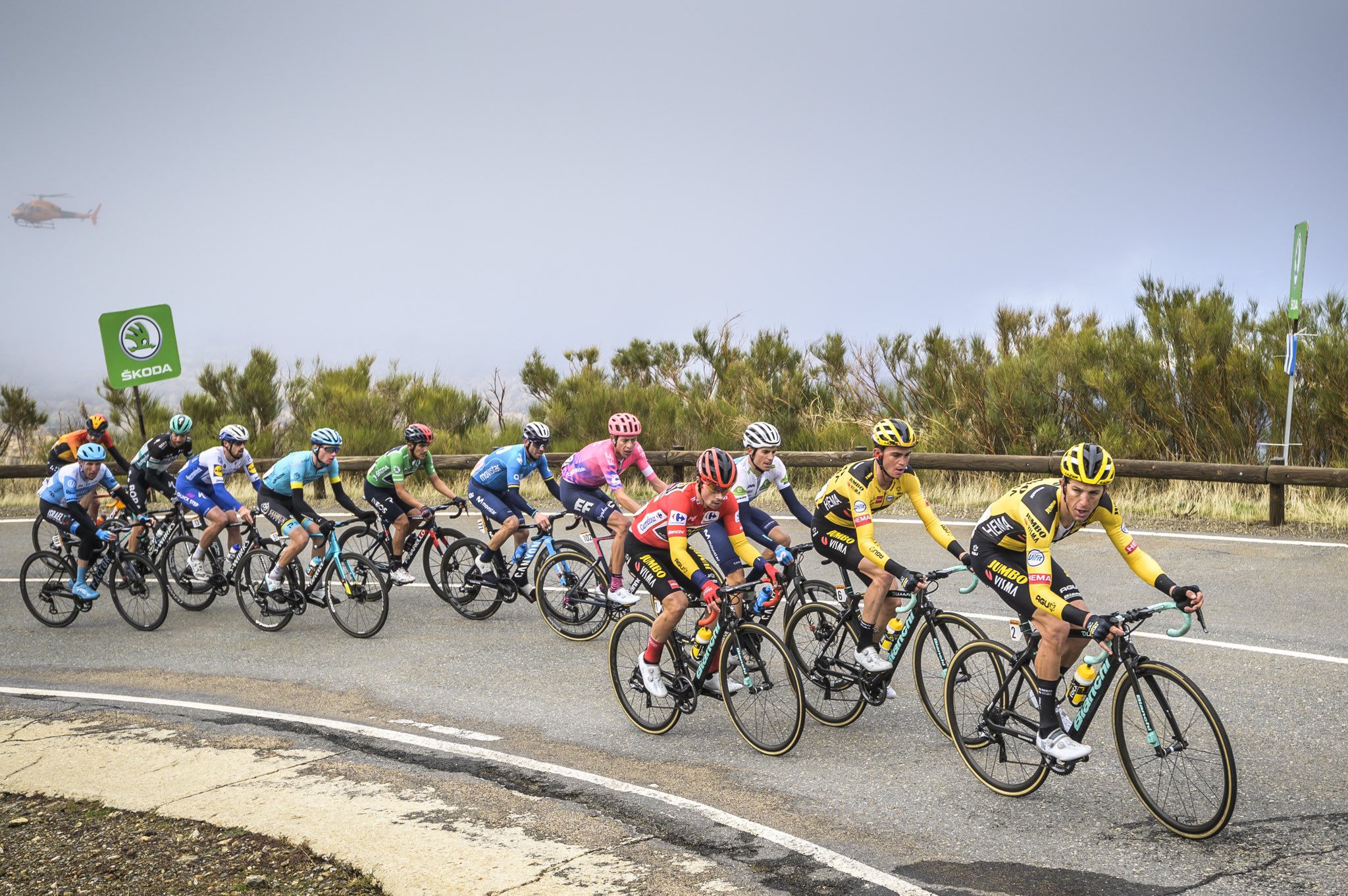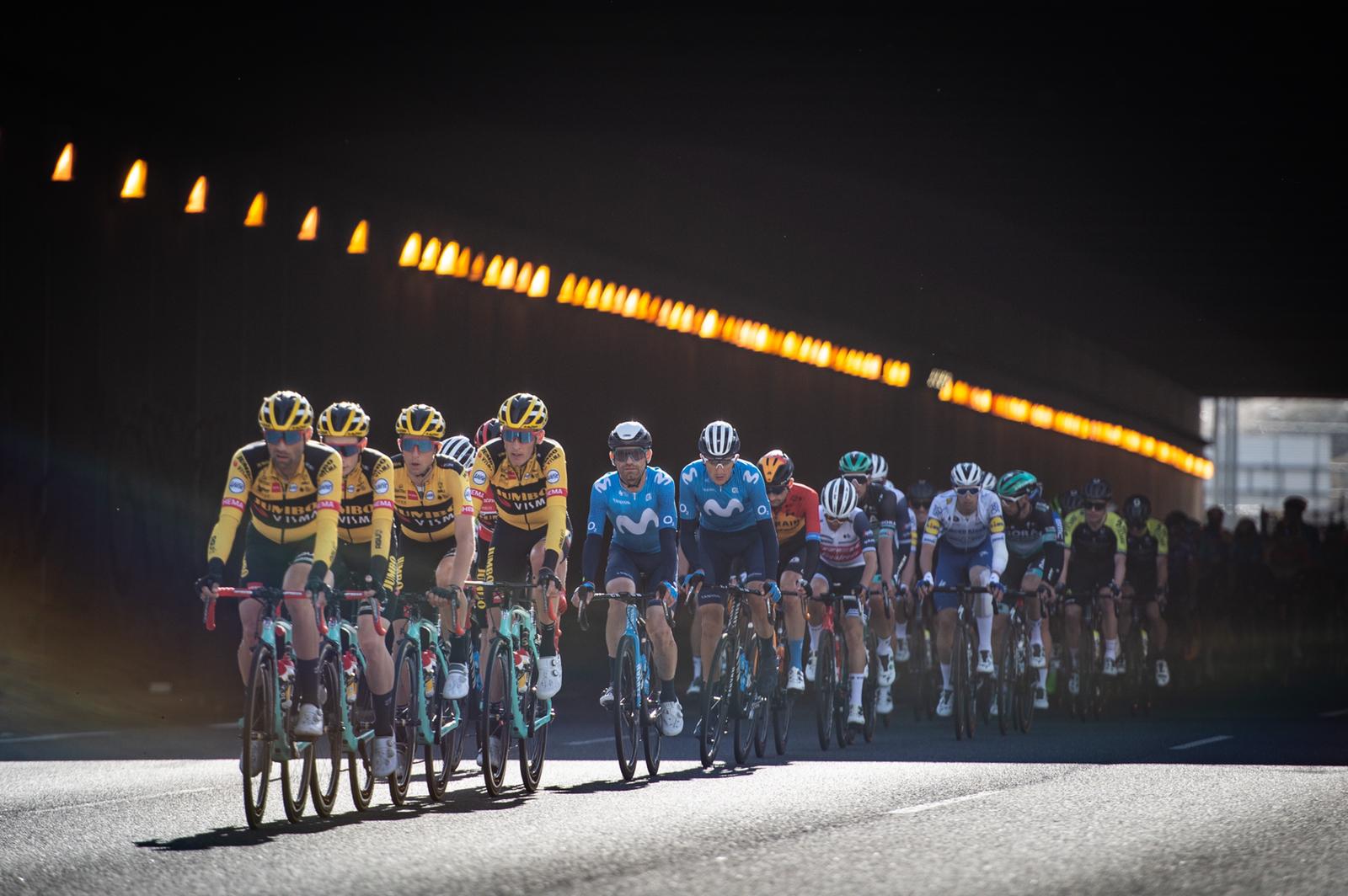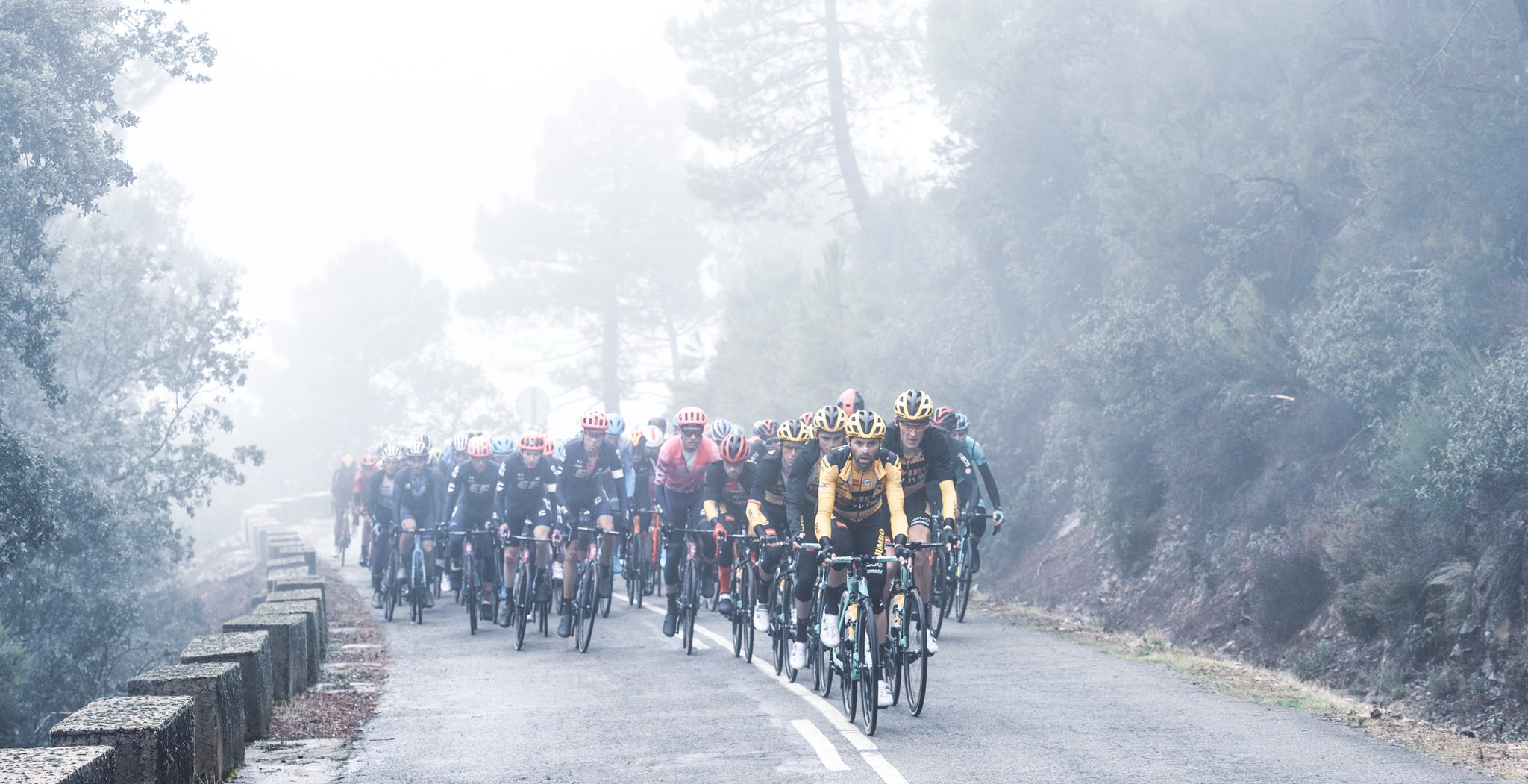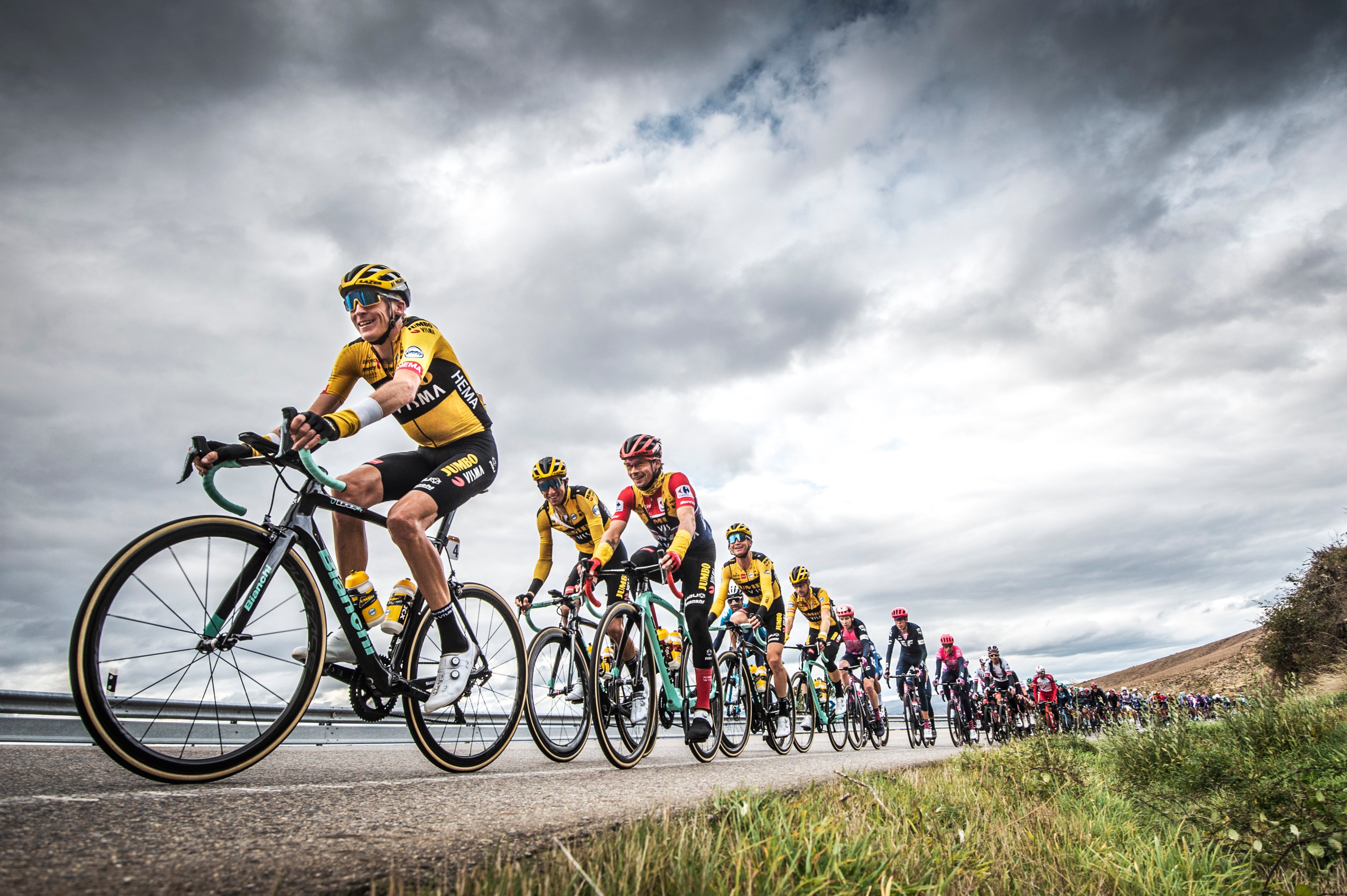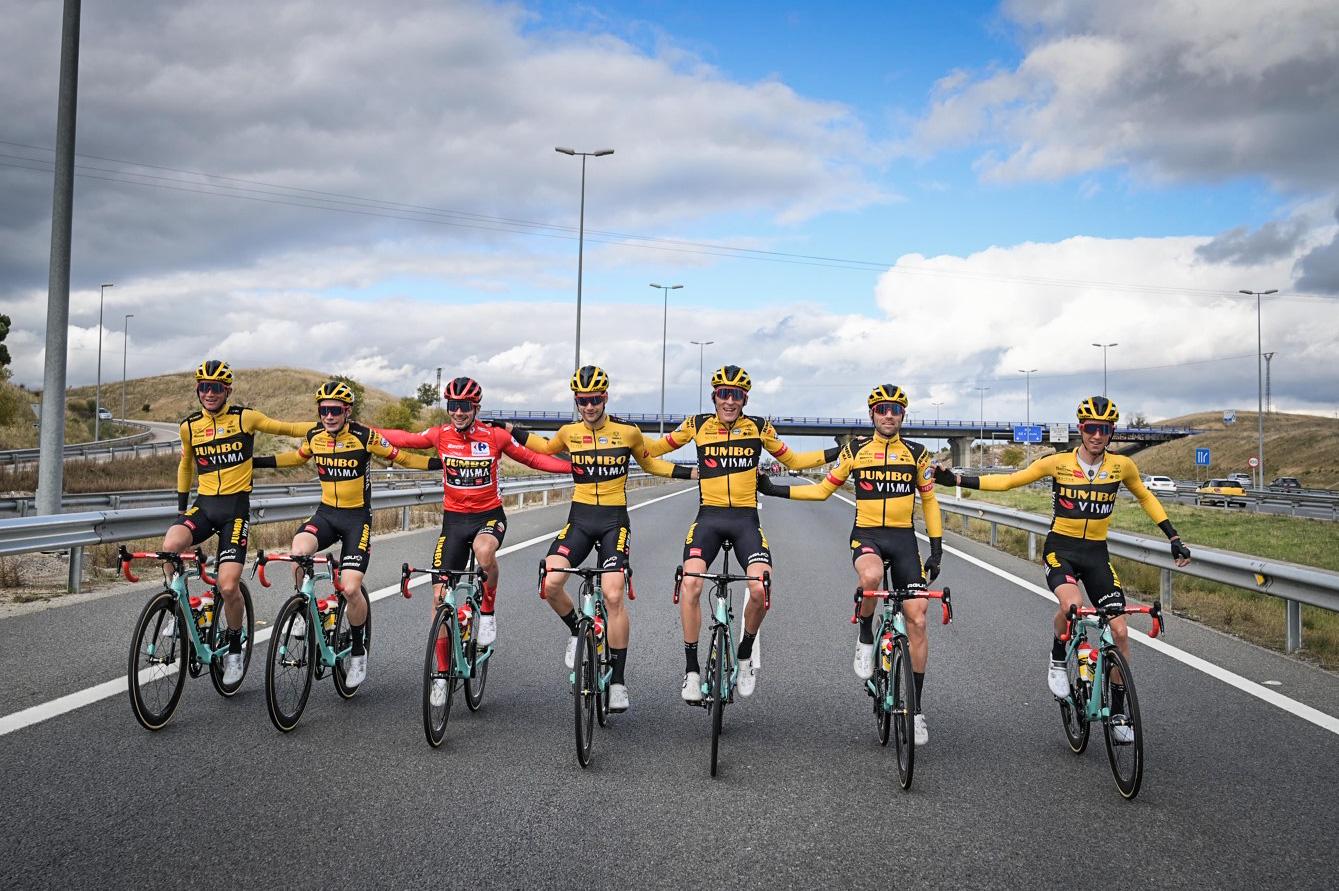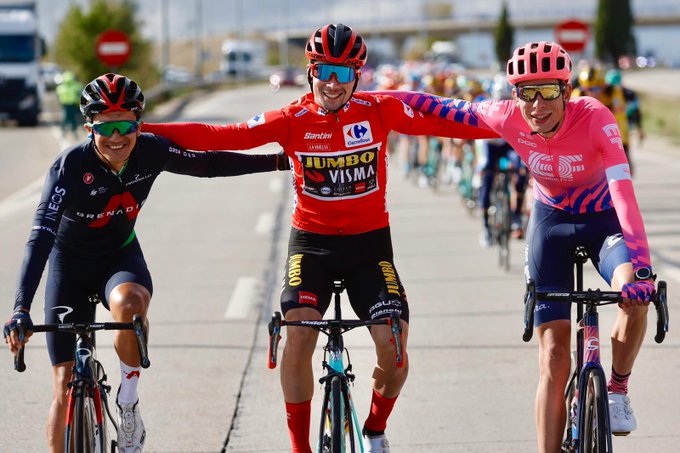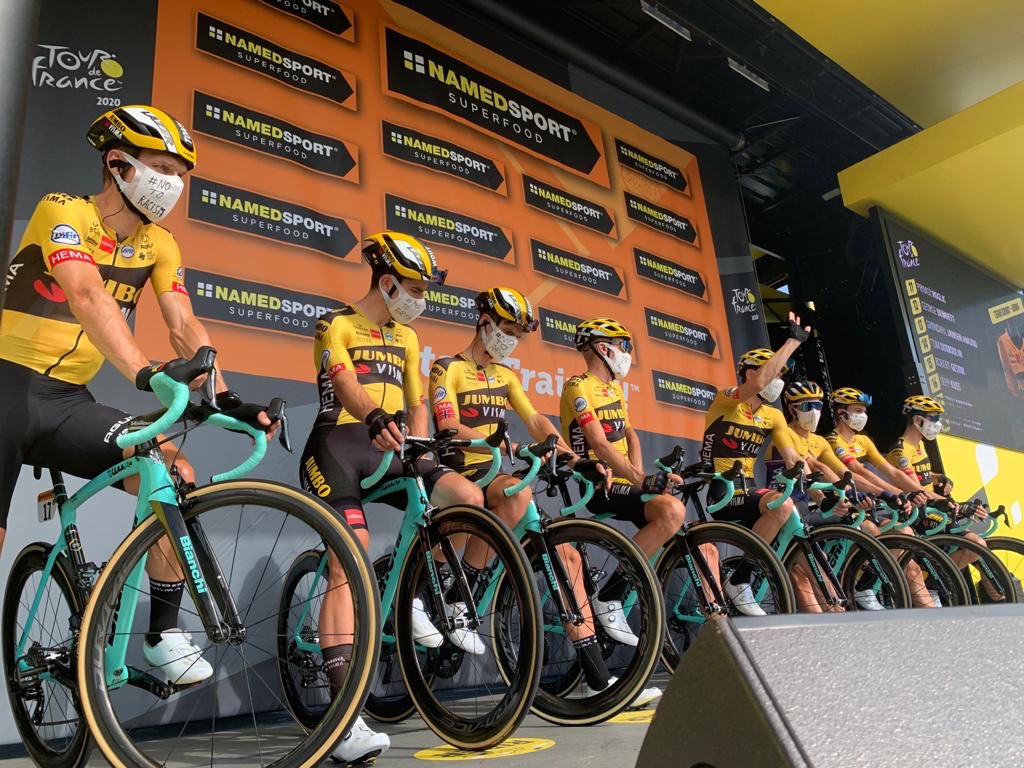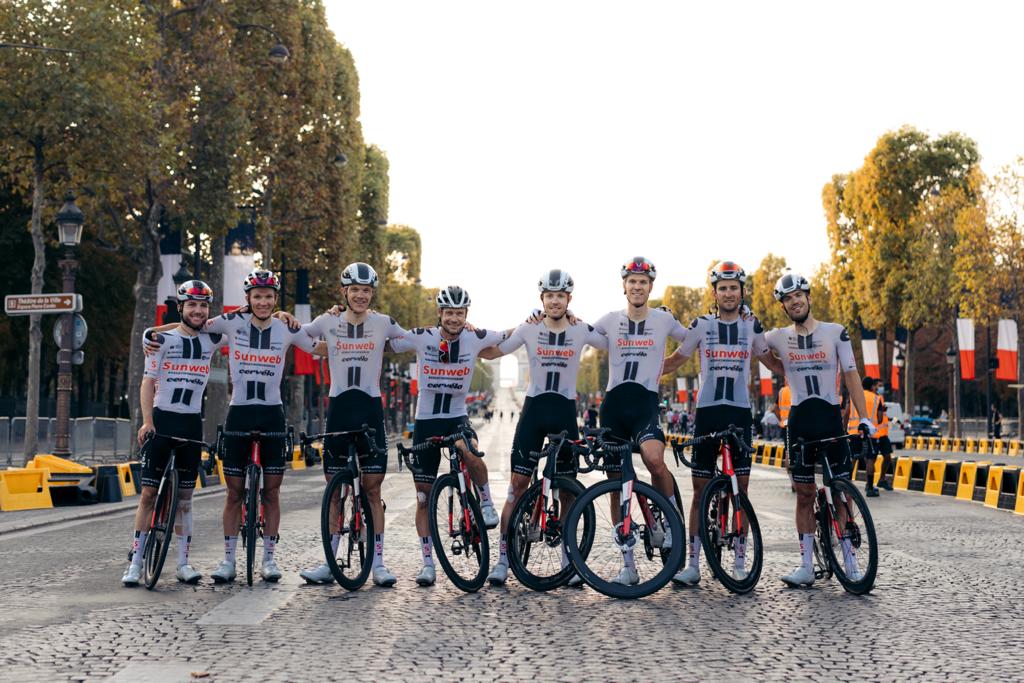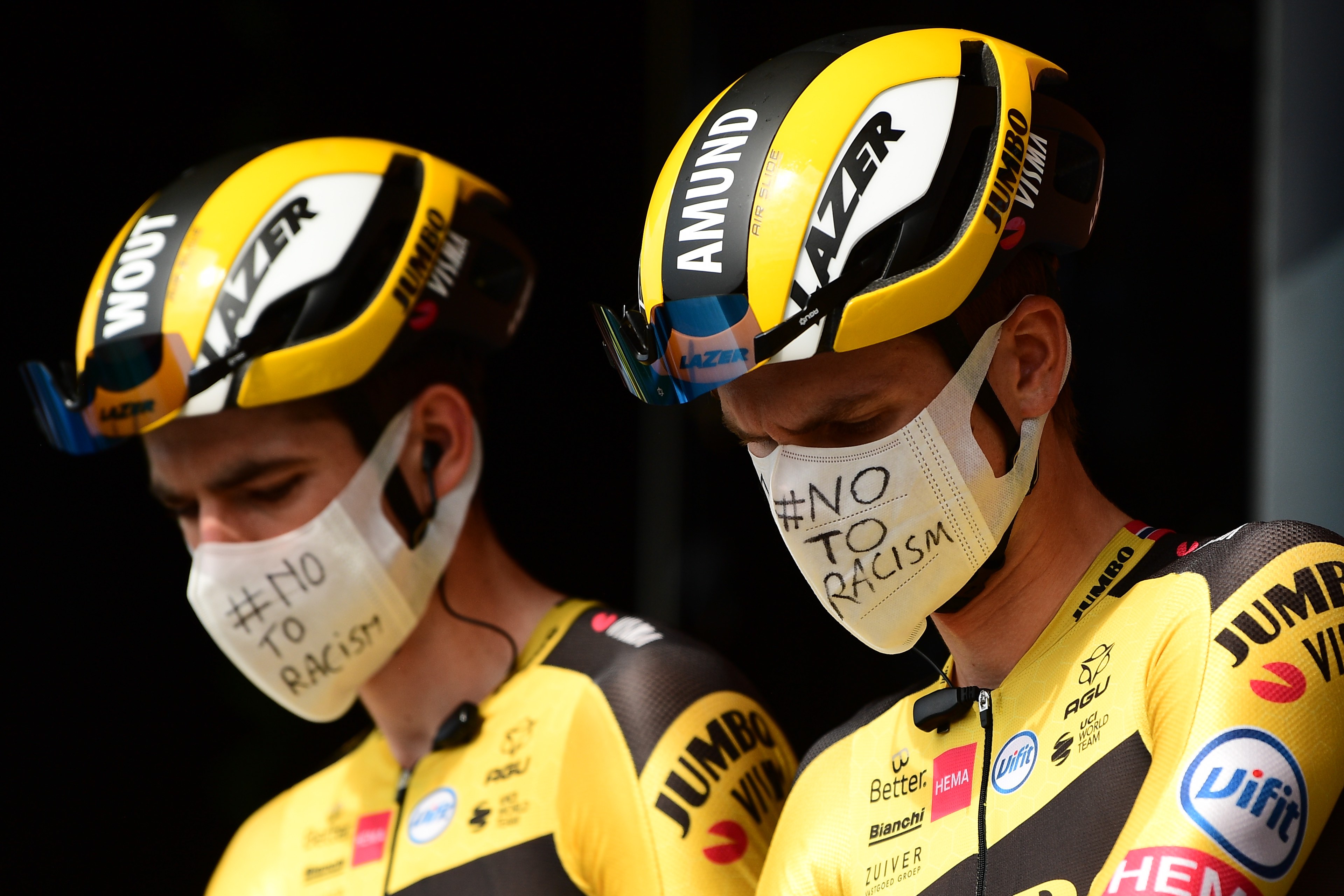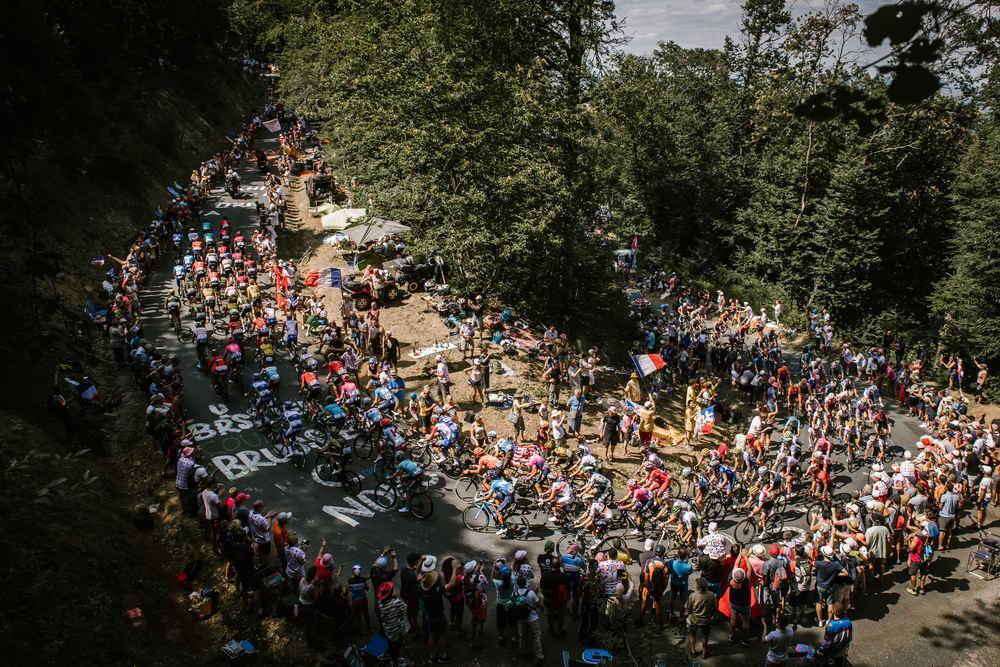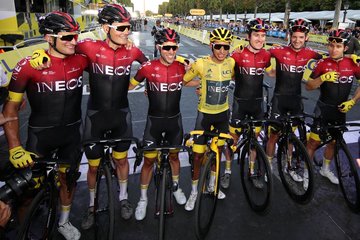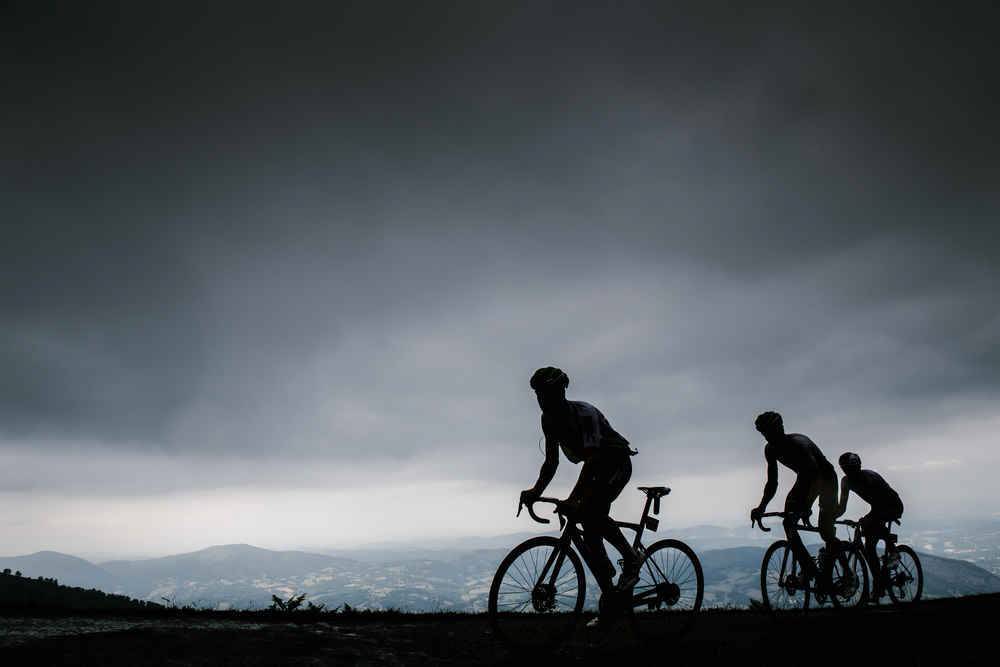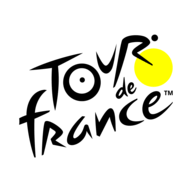Welcome to Sport on the Silver Screen. In this series, I will be looking back over sports movies and series that I have recently watched/re-watched and giving my thoughts on them. Getting into the Schmoedown and starting to follow a number of the personalities from the show has given me a much greater appreciation of movies and seen me starting to watch more, while a resolution for 2022 has also seen me making a resolution to watch more series.
Being a fan of both movies and sports, I have taken the chance to start highlighting the sheer volume of sports movies out there, while also now throwing in the occasional series. In each article I will be giving some details about the movie/series and then a quick review, including a section giving a sports fan’s perspective of the action’s realism.
This series has been heavily influenced by Ben Bateman and Andrew Ghai of Action Industries, but I will not be looking at the traditional “Fist-pump moment” and “Favourite line” sections due to just how much more content a series provides compared to a movie, instead talking about the prospects for the future of the show. Be aware, there will be spoilers, but I will try to keep them to a minimum.
With the 2023 edition of the Tour de France having just began, this week I will be looking at the documentary series Tour de France: Unchained.

Key facts
Episodes 8
Released in 2023
Distribution (UK) Netflix
Starring Wout van Aert, Jonas Vingegaard, Fabio Jakobsen, Jasper Philipsen, Marc Madiot
Synopsis A documentary following the teams and riders during the 3 weeks of the 2022 Tour de France as they experience the highs and lows of one of the world’s most prestigious bike races.
Review
If you want the show summer up in one sentence (the “elevator pitch”), it’s pretty simple: Formula 1: Drive to Survive meets road cycling. Produced by the same company, it follows a very similar format: working as a docudrama to show the behind the scenes events of the race, but by following a number of storylines. Some notable ones in this series are Team Jumbo–Visma’s efforts to win the yellow jersey (overall winner of the race), Wout van Aert trying to find the balance between working for the team and his own individual glory, the attempts of smaller teams like EF Education–EasyPost and Groupama–FDJ to win stages against much richer teams.
And while the storylines and drama are what will pull in people not so familiar with the sport, it also leads to the same issues as Drive to Survive, namely false or misleading narratives. Wout van Aert is heavily set up as being a superb talent that can’t be trusted to not put his own glory ahead of the team, which does not feel right at all when you watch the actual races (he has also be vocal in his criticism of how he was portrayed), and while the series frequently preaches the importance of the team, it generally focuses on just one or two individuals and makes it all about them, completely ignoring the efforts of some key domestiques. Similarly, the “race for the yellow jersey” storyline is heavily impacted by UAE Team Emirates’ (the team containing Vingegaard’s biggest rival decision and defending champion, Tadej Pogačar) to not take part, as it means that we are barely seeing one of the sport’s top talents, while it means the storyline is automatically setting Team Jumbo–Visma up as the heroes.
While it’s great to see the race footage and the behind the scenes footage mixed in, I’m not sure that it really gets everything across as it focuses on it’s storylines. To me, the sport is widely seen as just a big group of cyclists all riding against one another, and while we see some tactical discussions, I can’t help feel that at least one episode should have been focused on the finer intricacies of road cycling tactics—perhaps the worst moment of this is when the opening episode sets up the idea that Fabio Jakobsen and Julian Alaphilippe were fighting for the same spot on the team, when Jakobsen is a sprinter and Alaphilippe would have been going for stage wins on climbing stages and helping in the lead-out on sprint stages.
Of course, while I have been critical of the storylines, it does still lead to some wonderful moments, such as the panic of Team Jumbo–Visma as everything unravelled for them on Stage 5, and the effort of Fabio Jakobsen to just avoid missing the time cut-off in the high mountains, being cheered on and encouraged up the final couple of hundred metres of the final climb by all of his team at the finish line—to me this was the most emotional moment of the entire series!
One final point on the presentation method, and that is how all of the different languages have been dealt with. Rather than using subtitles (as in the trailer below), they have now voiced over this with someone speaking English, only you can still hear the original voice beneath, so especially when there are multiple people speaking at the same time, it’s not the easiest to keep track of. Personally, I’d have preferred the subtitles.
On the whole, I feel that for someone who knows the sport and wants a true behind the scenes look at the race, there may be a bit too much of a focus towards the “drama” part of docudrama. But for people new to the sport, this may be just what gets them interested, in a similar way to how Drive to Survive got more people into Formula 1, and that can only be a good thing. After all, it was the drama of seeing Chris Froome running up Mount Ventoux in 2016 which saw me get hooked on the race.
The Future
So season 2 has been confirmed, which will be covering this year’s edition of the race, and I imagine that we will see something very similar. But what storylines can we expect? Well the one that stands out to me is Mark Cavendish’s efforts to break Eddy Merckx’s record for stage wins in his final Tour de France before retirement, having equalled his tally in 2021. The yellow jersey race will likely be the same 2 men again, but as the premier classification it will surely still get some airtime. Perhaps we will also follow Egan Bernal’s comeback from serious injury.
For me, while this is a great start, I would love to see a version of this series (or something similar) chart the whole cycling season, whether following just one team or a number of teams. This would allow for extra focus on the different type of races like the classics, while also highlighting why the Grand Tours are so special, being weeks rather than just the usual 1 week race, and also allowing us to see the different specialties of riders.
What did you think of this series? Let me know in the comments. Until next time!
 This year, I’m doing Movember a little different with my Movember Marathon.
This year, I’m doing Movember a little different with my Movember Marathon.
You can find all the details on my announcement.
Visit my JustGiving page for updates or if you would like to donate.
Help me to change the face of men’s health!
![]()


 From strength to strength
From strength to strength

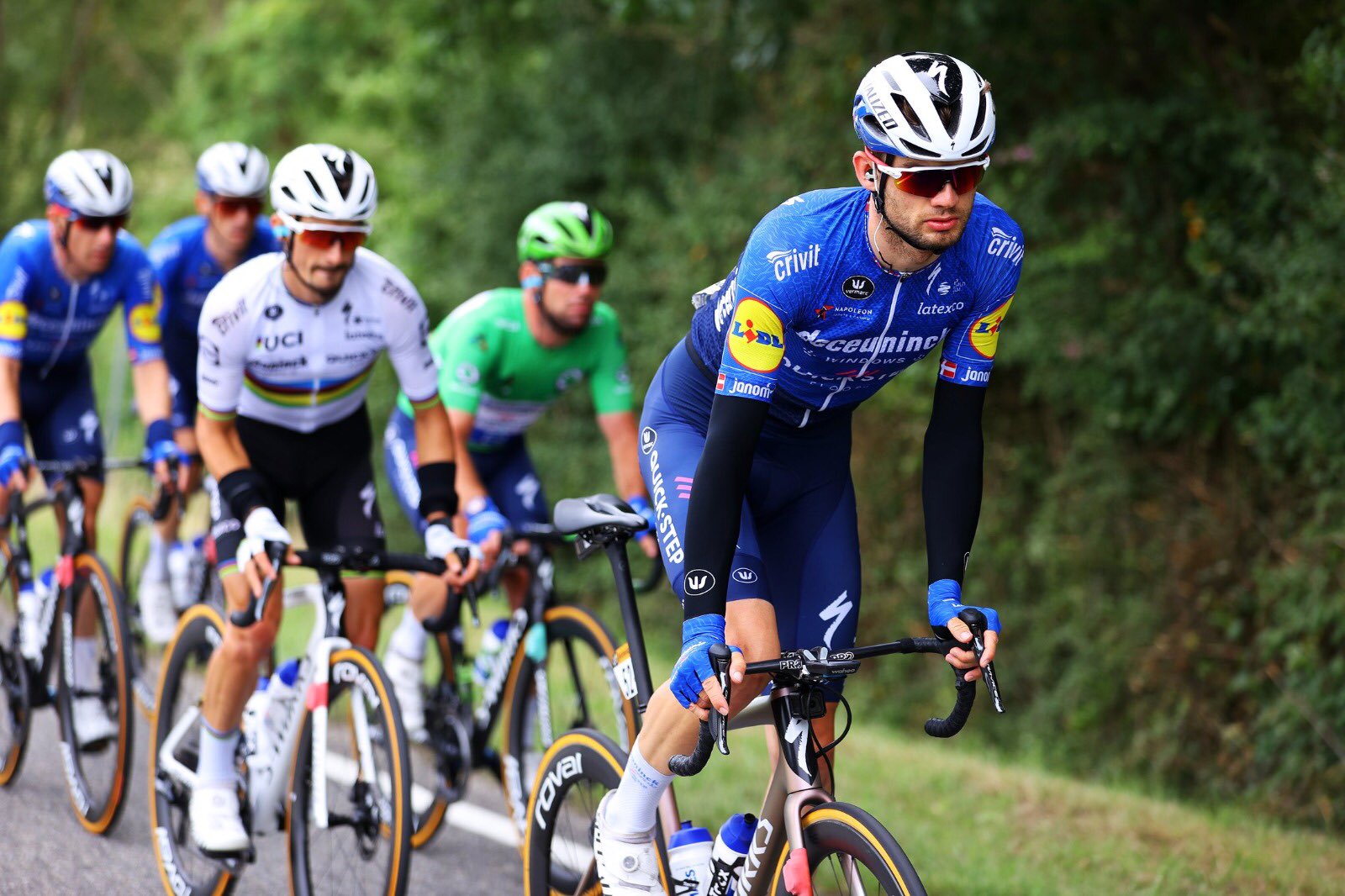
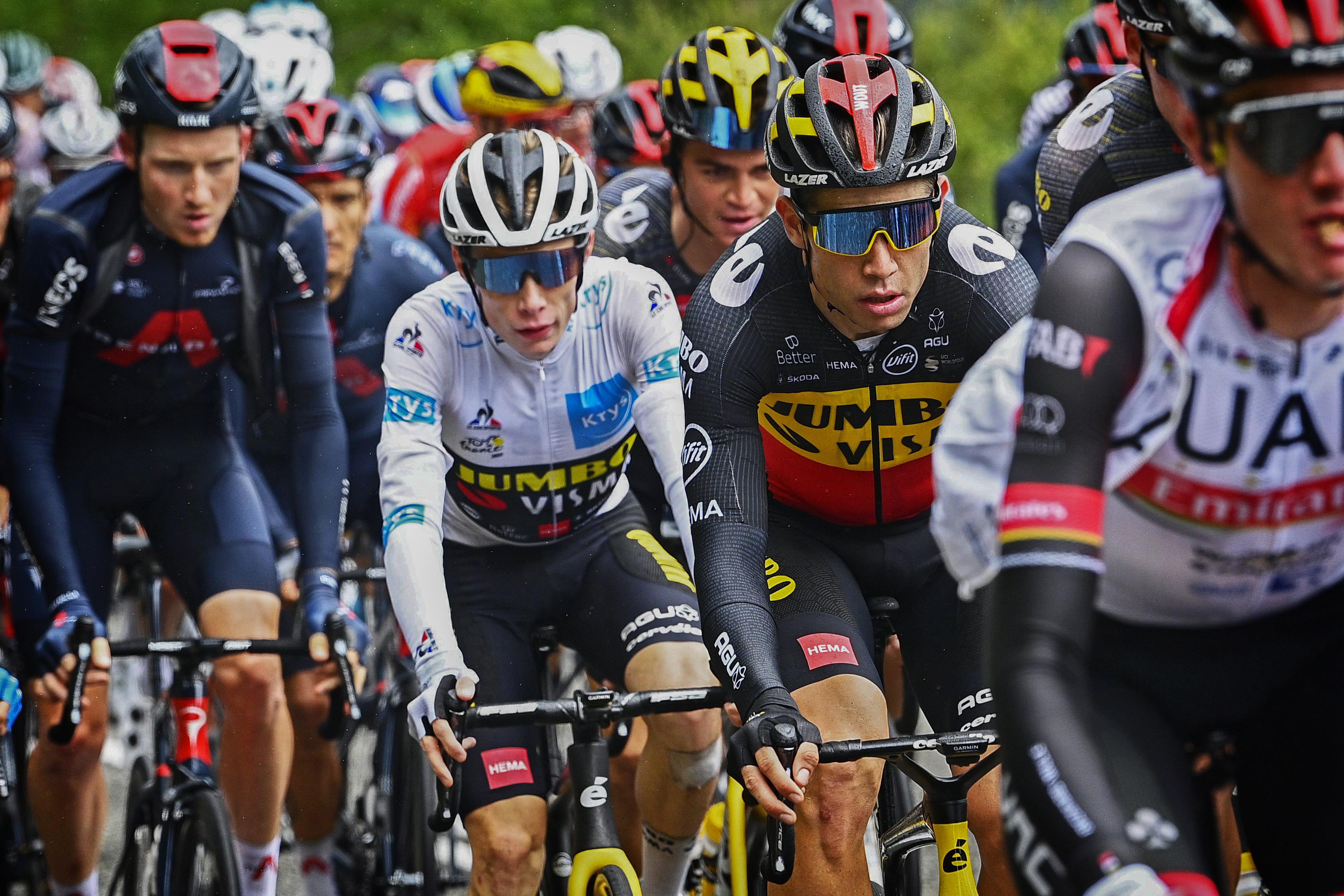 Every year, the Grand Tours tend to throw up one or two names that fans should keep an eye on going forward. While Wout van Aert and Mathieu van der Poel enhanced their reputations on this tour, the name who really stood out by the end was that of Team Jumbo–Visma’s young Dane Jonas Vingegaard.
Every year, the Grand Tours tend to throw up one or two names that fans should keep an eye on going forward. While Wout van Aert and Mathieu van der Poel enhanced their reputations on this tour, the name who really stood out by the end was that of Team Jumbo–Visma’s young Dane Jonas Vingegaard.



